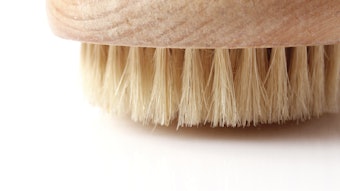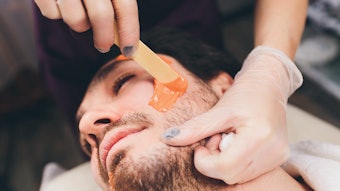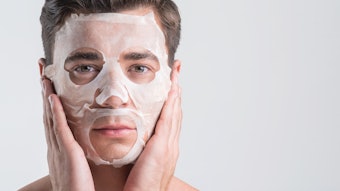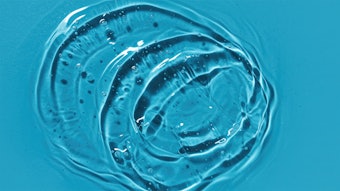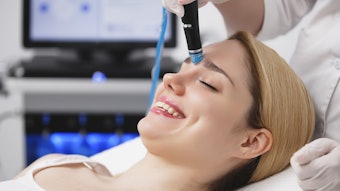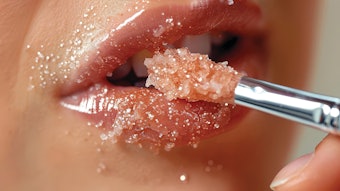
Try a little exercise. Type the words “why am I…” into Google. The first autocomplete suggestion, which is based on popular searches, reads “why am I so tired?” This is the most common question with those first three words asked on Google. While these searches are geolocated, we can be sure that people—adults and teens—worldwide are feeling perpetually tired. How did we become so drained, fatigued and worn out?
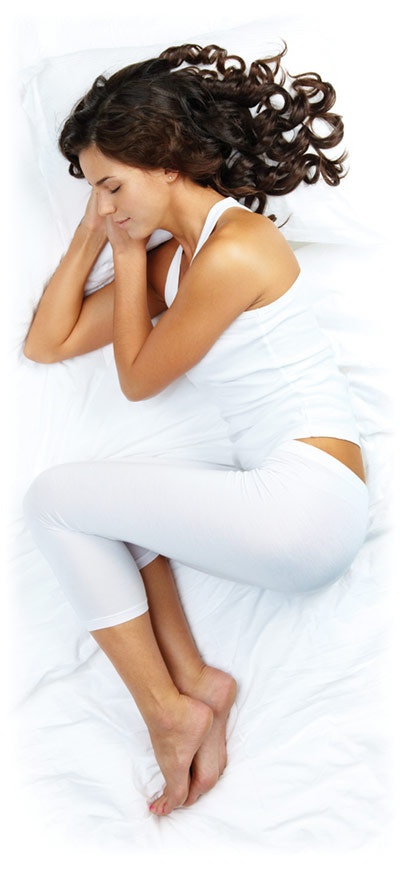 The growing sentiment of exhaustion has become quite the existential cry of our time. So much so that sleep deprivation has become a global epidemic. The Centers for Disease Control and Prevention (CDC)1 reports that over one-third of American adults are regularly sleep deprived. If that’s not concerning enough, teens may be even worse off. According to a 2014 poll by the National Sleep Foundation,2 over half (58%) of 15 to 17 year olds sleep seven hours or less per night and only 10% sleep nine hours or more. Given that teens should sleep eight to nine hours, and adults seven to eight hours, these statistics are indeed alarming.
The growing sentiment of exhaustion has become quite the existential cry of our time. So much so that sleep deprivation has become a global epidemic. The Centers for Disease Control and Prevention (CDC)1 reports that over one-third of American adults are regularly sleep deprived. If that’s not concerning enough, teens may be even worse off. According to a 2014 poll by the National Sleep Foundation,2 over half (58%) of 15 to 17 year olds sleep seven hours or less per night and only 10% sleep nine hours or more. Given that teens should sleep eight to nine hours, and adults seven to eight hours, these statistics are indeed alarming.It’s no wonder that we’re seeing a rapidly increasing rise in books, conferences, wearables and even community websites devoted to our lack of sleep. I happened to strike a nerve when creating a TEDx education lesson on sleep deprivation late last year. As it swirled across media sites and school forums, it highlighted the importance of understanding the scientific underpinnings of sleep and of actualizing healthy lifestyle choices. The scientific community has also been spurred by these trends and statistics, and today we know much more about sleep and its role in health and disease.
Why Do We Sleep?
Losing sleep, or simply not getting the full quality eight hours per night, can take a progressive toll on our bodies and minds. Sleep deprivation is linked to an increased risk of obesity, heart disease and diabetes—and can even shorten lifespan. Not getting quality sleep also affects learning, memory and mood. Perhaps even more alarming, sleep deprivation is now linked to a risk for dementia, Alzheimer’s disease, Parkinson’s and other neurodegenerative disorders.3
So how does good quality sleep prevent all these diseases? Think of yourself as an automobile. Every time you think, speak, imagine, move or sit still, you’re running the engine. Naturally, you need fuel to keep the car going. But as the fuel burns, exhaust fumes build up as pollution. Just being awake keeps our brains running. Just as car fuel burns, our brain’s energy sources get broken down into various byproducts. The toxic buildup of these byproducts in the brain is what leads to the damaging effects of sleep loss.
Enter the glymphatic system. Just like the body’s lymphatic system, this system keeps the brain’s immunity in top shape. During restful sleep at nighttime, the system kicks in to wash away all the cellular junk and toxic waste with cerebrospinal fluid.4 Neuroscience today shows us that we need good quality sleep of about eight hours each night to maintain a healthy body and mind. In the spa, while we are often working to relax the client, we can also promote healthy sleep hygiene by habituating the client to a variety of sensorial effects that calm the nervous system.
Relaxation, Sense by Sense
In the late 1960s, Herbert Benson, M.D., described a counterbalancing mechanism to the stress response—the relaxation response. This is a physical state of deep rest that changes our physical and emotional responses to stress through decreases in heart rate, blood pressure, rate of breathing, and muscle tension.5 The spa and salon setting has always been designed to deliver a relaxing atmosphere. Emerging neuroscience describes the best ways to tap into our senses for an experience of total relaxation—the senses hearing, touch and smell.
Hearing
Sound therapies have long been popular as a way of relaxing and restoring one’s health. Indigenous cultures across the world have used music to enhance well-being and connect people to one another. In fact, music is processed differently than sound or speech by the brain,6 meaning we’re quite possibly wired to enjoy music and melodies. Recently, ambient band Marconi Union collaborated with the British Academy of Sound Therapy to create the “world’s most relaxing song.” Then a neuromarketing firm, Mindlab, reported that their research on the music slowed heart rate, reduced blood pressure and decreased levels of cortisol, a steroid hormone released in response to stress. A growing body of research points to how slower tempo music that mimics our resting heart rate of 60bpm can bring an elevated heart rate down. When creating a relaxing space, take into account the physiological effects of music and sound therapy. While a lot of music taste is subjective, some repetitive sounds or even white noise can help bring the client to a state of deep relaxation.
Touch
If you can believe it, the sense of sound and touch are intimately connected. These are the only senses that use mechanical stimulation as their trigger factor (unlike the chemical stimulation needed for smell and taste).
The skin is vastly innervated to sense an enormous variation in temperature, pressure and texture. One of the greatest discoveries in skin-brain science was the characterization of a specific nerve fiber in skin that senses emotional touch. Named the “C-tactile fiber,” this special bundle of nerves travels at a much slower rate than, say, the temperature-sensing ones (how quickly do you pull away from an open flame?). It also travels to a different part of the brain — a part that processes emotions. So as opposed to telling you what you’ve touched, it tells you how you feel when you get touched. In particular, these nerves only react when stimulated by the most gentle caresses. And if you’re in no mood to be caressed, your brain will override the caress’ sensation of pleasure. Perhaps this is why getting massaged by someone who is thinking about what they will cook for dinner or about their problems back home just doesn’t feel right, no matter the technical level.
Getting touched is already an intimate experience that is becoming less and less common. In adding an element of emotional touch, you can be sure that the client not only releases physical tension, but also emotional tension. Just be sure to be in the right mindset for this exhaustive, but ultimately rewarding experience.
Smell
Our sense of smell is one of those primitive senses, designed to attract or repel us in an effort to keep us alive. It is estimated that our human sense of smell can distinguish at least 1 trillion different odors with about 400 types of scent receptors.7 Since our sense of smell is intimately linked to our emotional and memory brain systems, you can be sure that smells are an important part of our experience in the world. In the spa setting, essential oils are a great way to provide aromatherapy and enhance the body’s relaxation when combined with massage. Some of the essential oils studied for their relaxation benefits include vetiver, lavender, bergamot, sandalwood, damask rose and sweet orange, among several others.8 Using essential oils is not a new concept; new neuroscience supports the use of specific odorant molecules for the utmost relaxation. In the treatment setting, using these with breath work and massage are sure to induce a deeper state of relaxation.
Sleep-inducing Massage Protocol
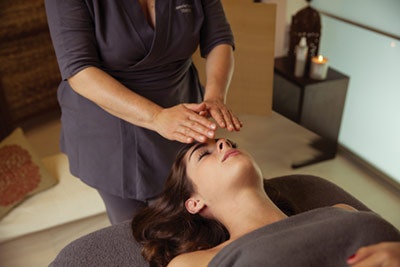 Given the research supporting the ability of smell, touch and hearing to help induce deep relaxation for better sleep, the following massage protocol has been created to assist clients with relaxation issues.
Given the research supporting the ability of smell, touch and hearing to help induce deep relaxation for better sleep, the following massage protocol has been created to assist clients with relaxation issues.- Place 25ml of oil into the heater and light the tealight candle. Have dry towels prepared in the hot caby.
- Rub three drops of oil in hands and allow client to take three deep breaths.
- Place one hand on the forehead, and the other hand on the décolleté.
- Make contact at the temples and contact at the shoulders.
- Perform stretching movements up the neck and then move to the face.
- Perform opening movements on the torso and back with brushes. This takes inspiration from the relaxing benefits for mind and body from Ayurvedic medicine, which adamantly recommends to always respect the daily routine and find moments of energetic restoration, such as general relaxation, meditation and sleep.
- Perform Sea Malay on the back, where hand movements are overlapping, carrying out geometric shapes in a repetitive and somewhat “hypnotic” way. This creates an almost unperceivable rocking motion, but at the same time provides effective and profound relaxation. It is able to release accumulated tension and leave the body relaxed and invigorated.
- On the arms and the legs, use very light, delicate strokes with the fingertips to stimulate points along the nervous network, known in Ayurveda as the Nadi points. These movements are interpreted in the West as actions on the muscles as well as circulatory and nervous systems.
- On the head, use a blend of different techniques and relaxing movements. During these, use a relaxing oil blend comprised of the essential oils previously mentioned on the scalp and a slow de-stressing hair twisting.
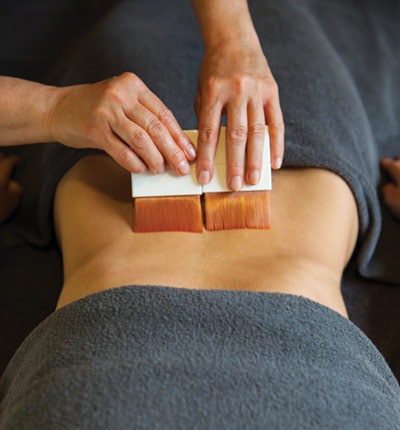 Profound Relaxation
Profound RelaxationDesigning a spa or salon setting that is relaxing comes as second nature to those in the industry. What the new neuroscience behind sensorial relaxation teaches us is the science behind how these modalities work. Whether the ultimate goal for a treatment is to induce sleep in a client or not, all of the sensorial experiences train the brain to feel true relaxation. Just like muscle memory, a client can take each of these elements and apply them in their own home. Frequent skin and body treatments silently train the mind how to relax. And given that we can all use a better night’s sleep, there has never been a more pressing time to train our mind to relax and sleep better.
REFERENCES
- CDC, 2016, www.cdc.gov/media/releases/2016/p0215-enough-sleep.html (accessed Jan 5, 2017)
- National Sleep Foundation Sleep in America Poll, 2014 https://sleepfoundation.org/sites/default/files/2014-NSF-Sleep-in-America-poll-summary-of-findings---FINAL-Updated-3-26-14-.pdf (accessed Jan 5, 2017)
- CC Aguirre, Sleep deprivation: A mind-body approach, Curr Opin Pulm Med, 22(6) 583-588 (2016)
- TED Ed lesson by Dr. Claudia Aguirre “What would happen if you didn’t sleep” http://ed.ted.com/lessons/what-would-happen-if-you-didn-t-sleep-claudia-aguirre#digdeeper (Accessed Jan 5, 2017)
- H Benson and MZ Klipper, The Relaxation Response, New York: Avon (1975)
- S Norman-Haignere, NG Kanwisher and JH McDermott, Distinct cortical pathways for music and speech revealed by hypothesis-free voxel decomposition, Neuron 88(6) 1281-1296 (2015)
- C Bushdid, MO Magnasco, LB Vosshall, and A Keller, Humans can discriminate more than 1 trillion olfactory stimuli, Science 343, 1370–1372 (2014)
- DP de Sousa, AS Hocayen, LN Andrade and R Andreatini, A Systematic Review of the Anxiolytic-Like Effects of Essential Oils in Animal Models, Molecules, 20(10) 18620-18660 (2015)
